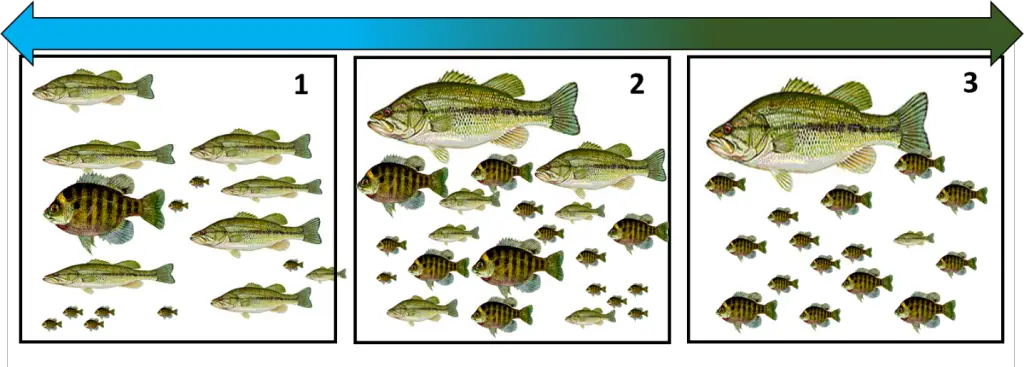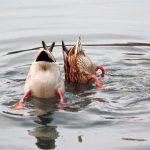What Do Bass Eat in Ponds? A Comprehensive Guide
If you’re an avid angler or simply have an interest in aquatic ecosystems, you may have found yourself wondering, “What do bass eat in ponds?” This question is not only intriguing but also essential for understanding the dynamics of pond ecosystems. In this comprehensive guide, we will delve into the dietary habits of bass in ponds, exploring their preferred prey, feeding behavior, and the ecological significance of their diet.
The Diet of Bass in Ponds
Bass, including largemouth and smallmouth bass, are voracious predators that play a pivotal role in pond food webs. Their diet primarily consists of smaller fish, insects, crustaceans, and even small amphibians. Understanding the nuances of their diet is crucial for managing pond ecosystems and optimizing fishing success.
1. Small Fish
One of the primary components of a bass’s diet in ponds is small fish. These can include various species such as bluegill, shiners, sunfish, and minnows. Bass are opportunistic feeders and will readily target smaller fish as a source of protein and energy. This predatory behavior is essential for controlling the population of smaller fish in the pond and maintaining ecological balance.
2. Insects and Crustaceans
In addition to small fish, bass also consume a diverse array of insects and crustaceans. This can encompass aquatic insects like dragonflies, mayflies, and caddisflies, as well as terrestrial insects that fall onto the water’s surface. Furthermore, bass are known to prey on crayfish, shrimp, and other small crustaceans that inhabit the pond’s ecosystem.
3. Amphibians and Reptiles
While not as common as fish, insects, and crustaceans, bass may also feed on small amphibians and reptiles in ponds. This can include tadpoles, frogs, and even small snakes. These occasional dietary items provide bass with additional sources of nutrition and contribute to the complexity of their feeding behavior.
Feeding Behavior of Bass
Bass are ambush predators, utilizing stealth and explosive bursts of speed to capture their prey. They often lurk near submerged vegetation, fallen trees, or other structures where smaller fish and prey species seek refuge. By strategically positioning themselves in these areas, bass are able to capitalize on the element of surprise and swiftly seize their unsuspecting prey.
Ecological Significance of Bass Diet
The dietary preferences of bass in ponds have far-reaching ecological implications. By preying on smaller fish, insects, and other organisms, bass help regulate the population dynamics of their prey species. This predation pressure can prevent overpopulation of certain species, thereby promoting biodiversity and ecological stability within the pond.
Moreover, the presence of bass in pond ecosystems can influence the behavior and distribution of their prey. For example, the fear of predation can lead smaller fish to alter their foraging patterns and habitat preferences, ultimately shaping the structure of the entire aquatic community.
Managing Bass Populations and Pond Ecosystems
Understanding the dietary habits of bass is integral to managing their populations and promoting the health of pond ecosystems. For anglers and pond managers, this knowledge can inform stocking strategies, habitat enhancement efforts, and conservation initiatives aimed at preserving the balance of pond food webs.
By maintaining a balanced population of bass and their prey, pond managers can optimize the recreational and ecological value of these aquatic environments. Furthermore, promoting healthy bass populations can contribute to sustainable fisheries and enhance the overall resilience of pond ecosystems.
Conclusion
In conclusion, the dietary habits of bass in ponds encompass a wide range of prey items, including small fish, insects, crustaceans, and occasional amphibians and reptiles. Understanding the feeding behavior and ecological significance of bass diet is crucial for managing pond ecosystems and fostering sustainable fisheries. By delving into the intricate web of interactions between bass and their prey, we gain valuable insights into the dynamics of pond ecosystems and the pivotal role of these predatory fish.




